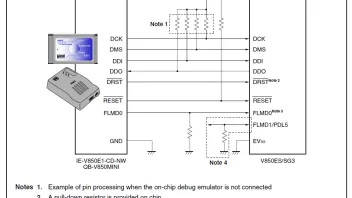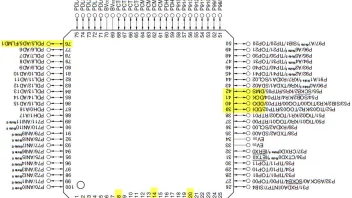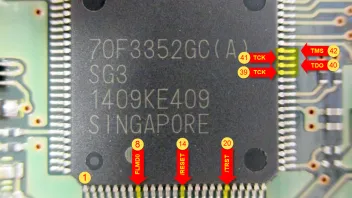Hey a friend updated his DAB module with ucds and it has bricked his module
Is there any way to repair this
For example Could you read the flash from a working module with some tools and write it to the bricked module
Go4it your a very good tech wizard any thoughts?




